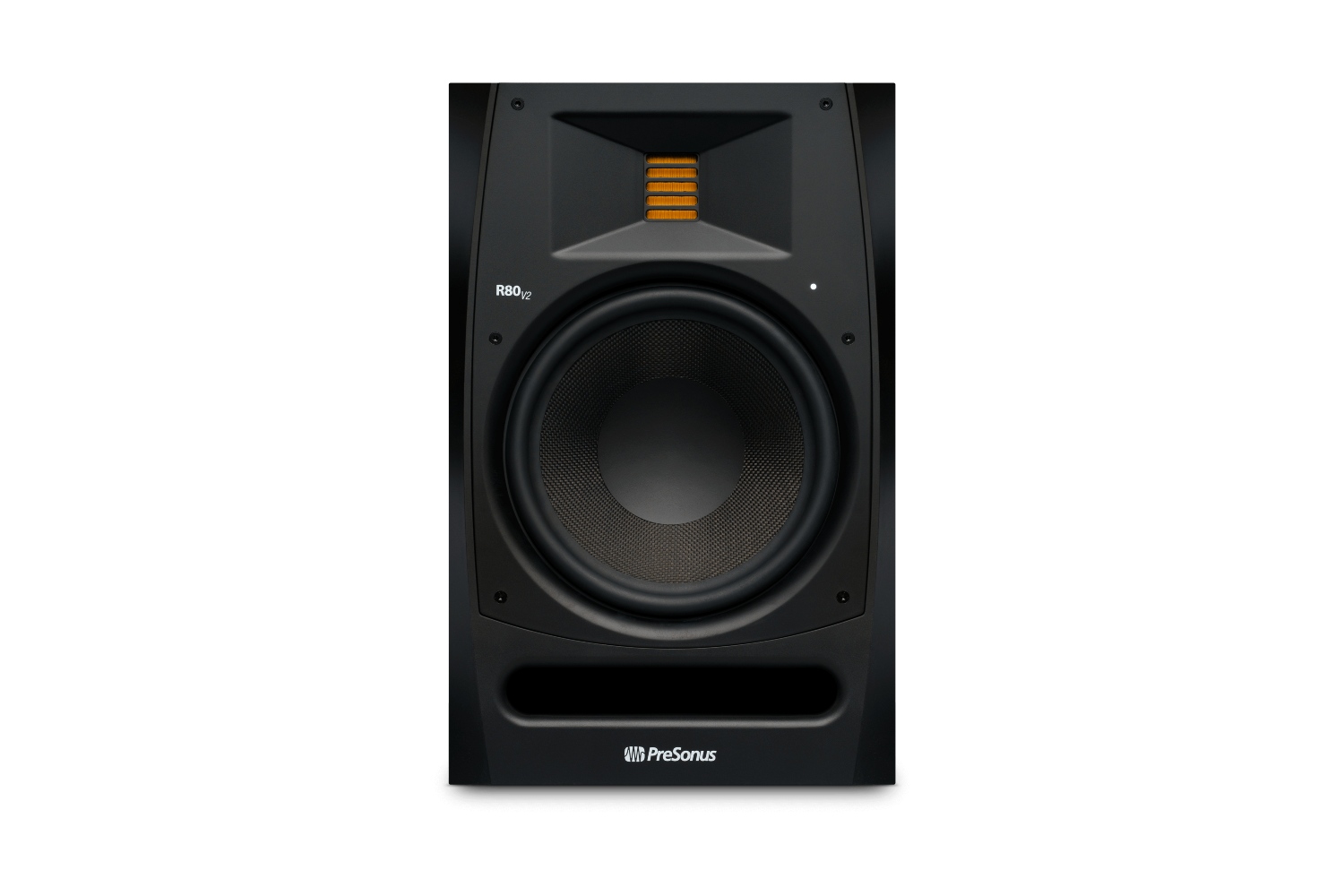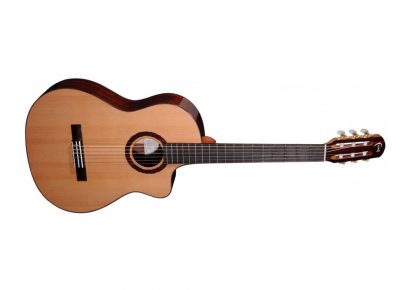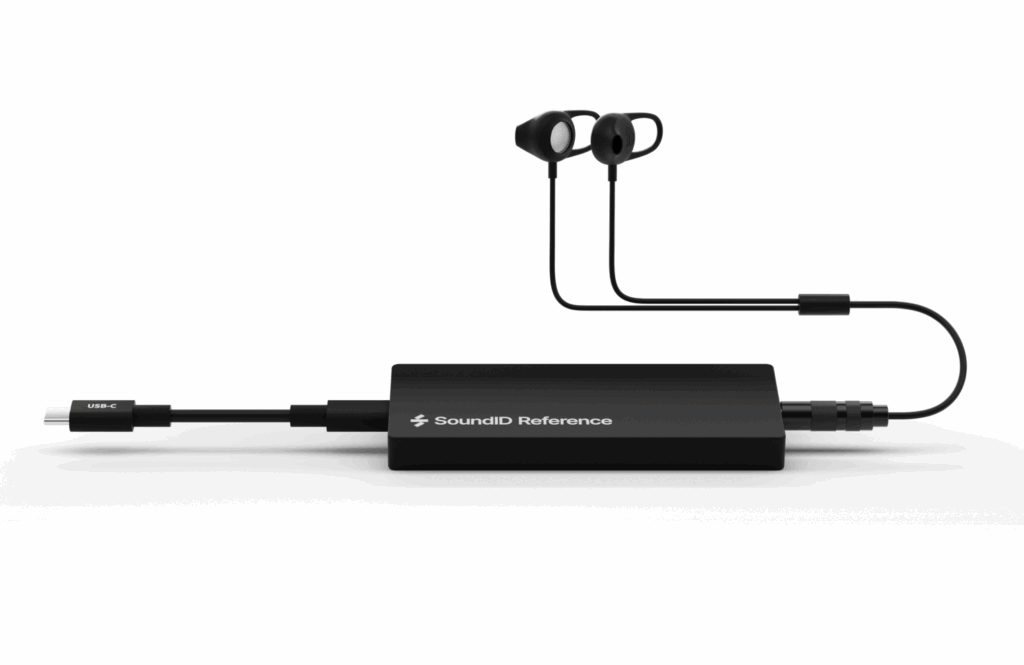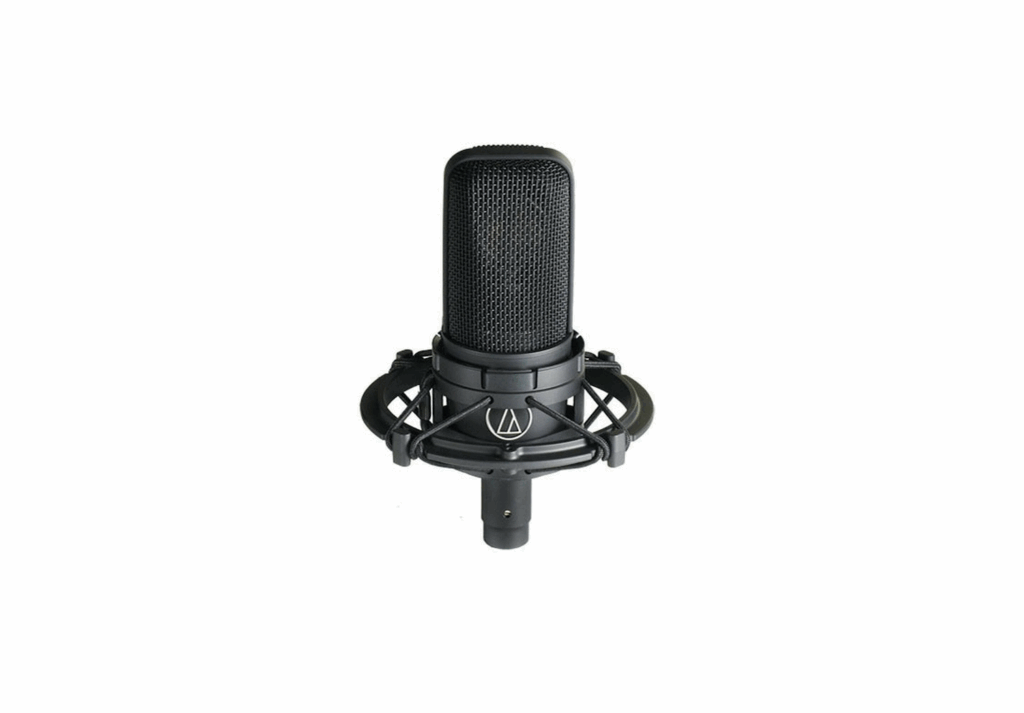Link Audio | RRP: $1,099 (pair)
It’s been a fun couple of weeks for me, listening to more than my fair share, and your share too, of speakers as we have ventured down the rabbit hole that is fitting out a new home stereo system. So, it was a delight and pleasure to have a smaller pair of studio monitors land on my desk this month, with a refreshing take on the sounds I have been listening to ad nauseam recently. With that, let me introduce you to the PreSonus R65 V2 studio monitor, a speaker, or pair thereof, that makes great use of the electroacoustic transducer technology to deliver definition and clarity across the higher frequencies. The result is, quite simply, a pair of speakers that sit above their price bracket.
Read more product reviews here.
Now firstly, I would like to say that I have a frame of reference to the original version of these monitors, but I haven’t heard them in the past. Further to that, my memory would not serve me well enough to critically define differences between the two without a side-by-side comparison. In all reality, most of you are in the same boat, except for the few who may have a pair of the original R65 speakers and are looking to upgrade. So, for the sake of context, we are going to look at these as a completely new speaker today and see how they stack up on their own merits, rather than compared to an old family member who is probably not likely to turn up to the party anyway. So, let’s take a look at what makes the R65 V2 tick.
The main focal point when you first lay eyes on these speakers is undoubtedly the Air Motion Transformer that takes pride of place instead of the traditional 1” dome tweeter. It’s not a new concept, by any stretch, but one that has been implemented with success by a range of speaker manufacturers in the past few decades. And PreSonus certainly put their design to good use. These are not to be confused with a ribbon tweeter, which behaves differently in design and motion, the AMT has a pleated front surface that moves air in a lateral motion. This means you get directional sound, but it spreads further afield to give a larger “sweet spot” when listening. The design of PreSonus’ AMT therefore allows the room to feel “full” while the top end is still incredibly articulate.
What this means, though, is that you are going to hear everything in your recordings. String noise from a guitar, hammer noise in the piano, breath from a flautist and all the inconsistencies that occur in a vocal performance are going to stand out. The same goes for electronic music when filters are too liberally applied, or compression gets the better of drum tracks and causes pulsing in the sound. You’re going to hear all this. It doesn’t mean the speakers sound bad, it just means your mix needs work, and thank you to PreSonus for pointing this out!
The Air Motion Transformer is powered by its own 65-watt Class A/B amplifier, with a separate 75-watt Class A/B amplifier powering the 6.5” woven composite low frequency driver. This driver has been specially designed by PreSonus to deliver a clear reproduction of your input signal at high volumes without distortion. The combination of these delivers a solid sound not only at low levels for nearfield monitoring, but also when you give it some gas and sit back in the room for a full appreciation of your mix.
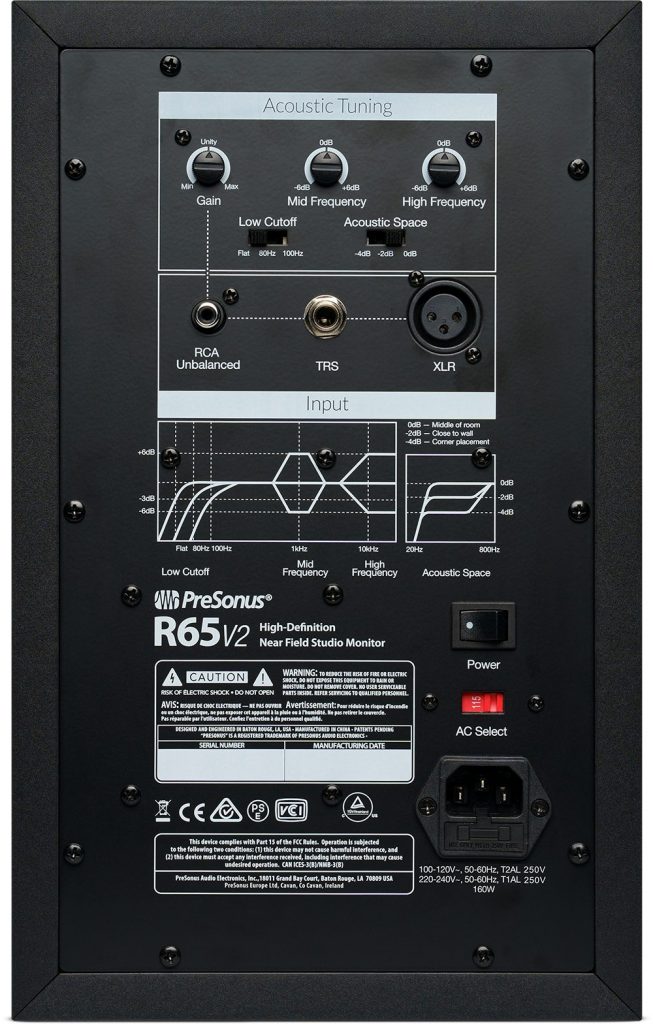
Several ‘Acoustic Tuning’ options are included on the rear panel of the speaker box to allow you to shape the sound to suit your environment. And let’s face it, these speakers sound their best when none of these controls are touched. The drivers are designed to work in their tuned cabinets to give you the best sound they can, which they do. However, often the environment in which home studio monitors are operated in is not always ideal, so that is when these controls allow you to correct some issues that your room may be creating.
The real test is to play that one CD which you know inside out, and which has been extremely well engineered and produced, so you can hear when something is not right. For me, it has always been, and was for the past few weeks of listening to various speakers, Seal’s self-titled album. Produced by Trevor Horn, it delivers every note with clarity and precision, so it has, over the years, become my litmus test for how a speaker should sound. At a reasonable volume, I didn’t need to touch any of the controls to hear the CD I know so well. A simple roll-off on the low end might well be needed if you are forced to set your R65 V2 speakers up close to a wall, that I can understand. There is an ‘Acoustic Space’ control that allows you to tame the high frequencies in a livelier room, which it does carefully. But I’d be more inclined to let these speakers do their thing and reduce the hard surfaces in the room before using this feature.
When all is said and done, these are a great studio monitor that come in at a price well below the sound they deliver. They are aesthetically pleasing, especially for those who favoured certain British speaker designs of the late ‘90s, yet they are not so bold as to stand out of place in any environment. The PreSonus R65 V2 offers volume when needed, but most of all, clarity at the volume you want to listen to your mixes at. My only suggestion would be to go and have a listen to a pair yourself, because it’s your opinion that really matters.
Head to PreSonus for more information. For local enquiries, reach out to Link Audio.
